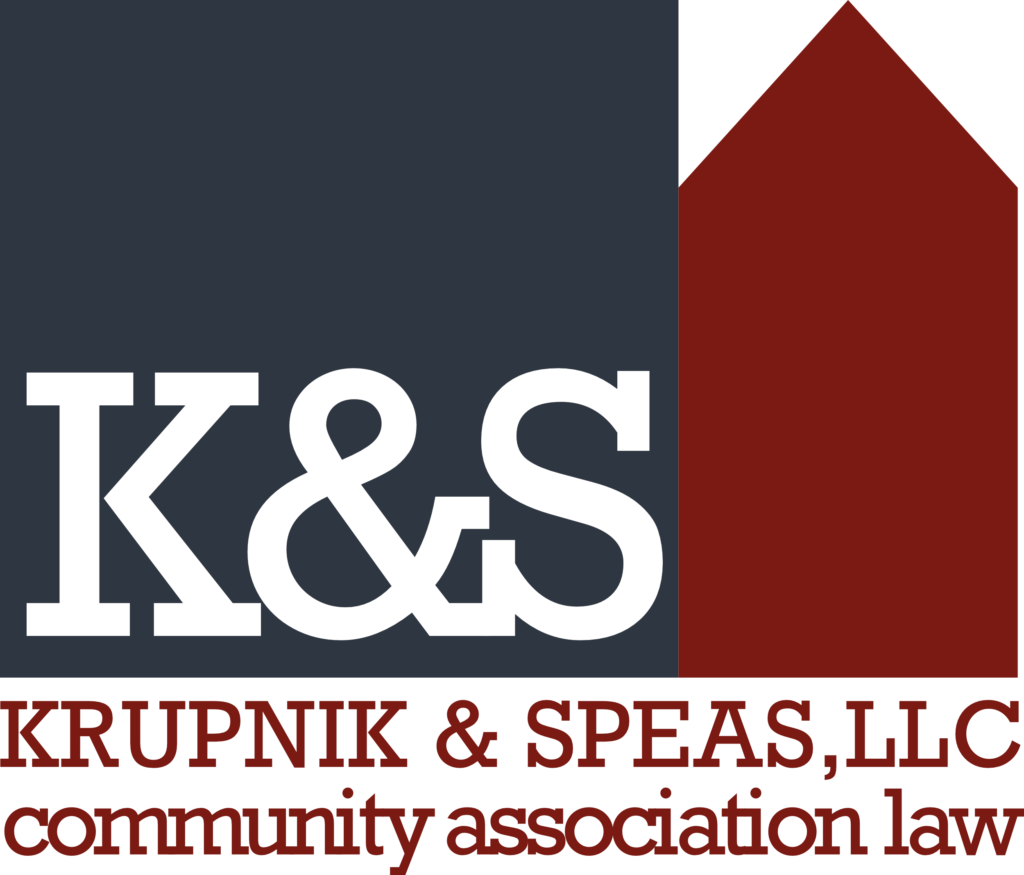The Condominium Act applies to all condominium created within New Mexico after the effective date of the Condominium Act. Since no specific effective date was given, the Act would have gone into effect 90 days after the 1982 legislative session ended.
If an association is a condominium formed under the Condominium Act, it should be aware that there are many laws that govern its association. Except as expressly provided in the Condominium Act, the provisions in the Act cannot be varied by agreement, nor can the rights contained in the Act be waived.
The following is a summary of just some, but not all, of the provisions contained in the Condominium Act:
1. Describes what are the boundaries of the unit, and what are the limited common elements allocated to a unit (except to the extent modified by the declaration). NMSA 47-7B-2.
2. Contains requirements for what provisions must exist in the declaration. NMSA 47-7B-5.
3. Provides for how common element interests can be allocated. NMSA 47-7B-7.
4. Allows for the relocation of boundaries between adjoining units, by following the procedure set forth in the statute. NMSA 47-7B-12.
5. Sets forth minimum standards for amending the declaration. NMSA 47-7B-17.
6. Establishes requirements for terminating a condominium. NMSA 47-7B-18.
7. Creates a procedure whereby two or more condominiums may be merged into a single condominium. NMSA 47-7B-21
8. Sets forth the powers of the association (subject to the provisions of the declaration). NMSA 47-7C-2. These powers include, but are not limited to, the right to:
(A) Adopt and amend bylaws and rules;
(B) Adopt and amend budgets and collect assessments for common expenses of the association;
(C) Hire and discharge managing agents and other employees, agents, and independent contractors;
(D) Institute, defend or intervene in litigation or administrative proceedings on its own behalf or on matters affecting two or more unit owners;
(E) Make contracts and incur liabilities;
(F) Regulate the use, maintenance, repair, replacement and modification of common elements;
(G) Acquire, hold, encumber and convey real or personal property (other than the common elements);
(H) Grant easements, leases, licenses and concessions through or over the common elements;
(I) Impose charges for late payment of assessments, and impose reasonable fines for violations of the association’s governing documents after providing the owner with notice and the opportunity to be heard;
(J) Provide for indemnification and insurance of its officers and directors;
(K) Assign its right to future income, but only to the extent the declaration expressly provides.
9. Sets forth the powers and limitations of the executive board, and the maximum length of time that the declarant can control the association. NMSA 47-7C-3.
10. Provides for minimum requirements for the bylaws of the association. NMSA 47-7C-6.
11. Sets forth maintenance responsibilities of the association and the unit owners. NMSA 47-7C-7.
12. Establishes requirements for meetings of the association, quorum and voting requirements, and use of proxies. NMSA 47-7C-8 through 47-7C-10.
13. Creates a method to convey or encumber common elements. NMSA 47-7C-12.
14. Sets forth insurance requirements. NMSA 47-7C-13.
15. Establishes requirements for owners to create a resale disclosure statement, and for the association to provide the information to the owner that is requested to complete the resale disclosure statement. NMSA 47-7D-9.
16. Allows the court to award reasonable attorney’s fees to any person who brings legal action against a declarant or any other person subject to the Condominium Act for failing to comply with any provision of the Act or any provision of the declaration or bylaws. NMSA 47-7D-17.
In summary, if the association is a condominium governed by the Condominium Act, it needs to be aware of all of the laws that govern the condominium.

